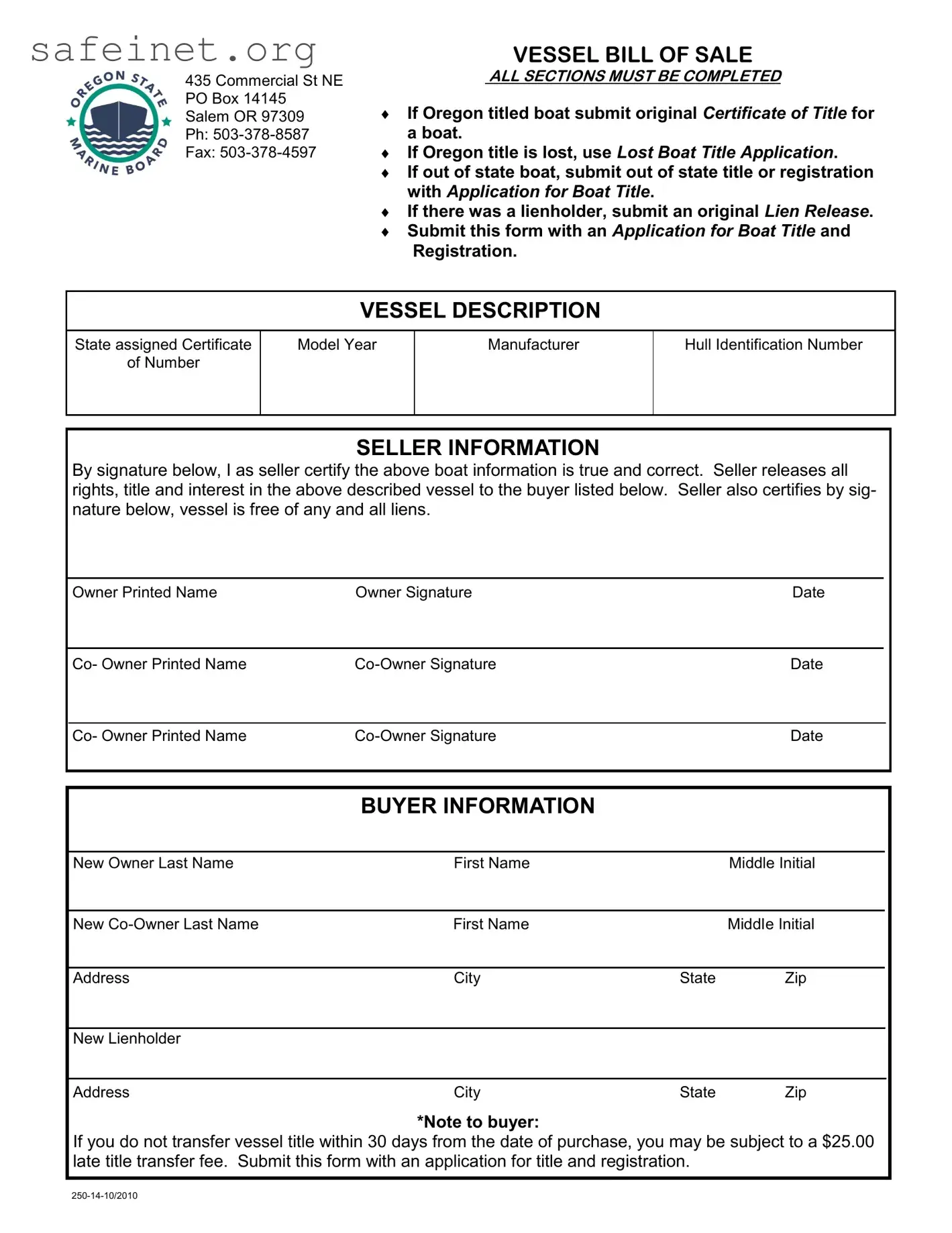What is the BOS 250-14 form?
The BOS 250-14 form is a specific document used for various official purposes. It may pertain to business registrations, licenses, or other regulatory requirements depending on your state or local jurisdiction.
Who must fill out the BOS 250-14 form?
Typically, individuals or businesses that are required to comply with certain regulations or seek permits must complete this form. If you are unsure if you need to fill it out, check with your local regulatory agency.
Where can I obtain the BOS 250-14 form?
You can usually obtain the BOS 250-14 form online through your state or local government’s official website. Some offices may also have physical copies available for pickup.
What information do I need to provide on the form?
The form generally requires details such as your name, business name (if applicable), address, and possibly other identifying information. The exact requirements may vary, so read the instructions carefully.
Is there a fee associated with submitting the BOS 250-14 form?
There may be a fee associated with the submission of the BOS 250-14 form, depending on your jurisdiction and the purpose of the form. Check with your local authority for specific information regarding any applicable fees.
How do I submit the BOS 250-14 form?
You can submit the form in person at the designated office, via mail, or sometimes online, depending on your local regulations. Ensure you follow the instructions for proper submission to avoid delays.
What happens after I submit the BOS 250-14 form?
After submission, your form will be reviewed by the relevant authority. You may receive a confirmation of receipt. If further information is needed, they will contact you directly.
Can I amend the BOS 250-14 form after submission?
If you need to make changes after submitting the form, you typically must follow a specific amendment process. Check with the authority where you submitted the form for their procedures on amendments.
What should I do if I have questions about the BOS 250-14 form?
If you have questions, contact your local government office or regulatory agency directly. They can provide clarifications and assist you with any issues related to the form.

